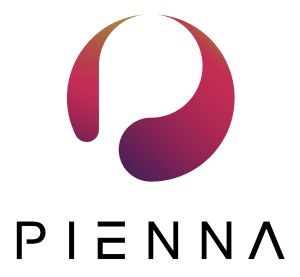Rebuilding what’s broken: how to restore organisational flow
Restoring organisational health is not about introducing more rules or tools — it's about repairing the underlying mechanisms that allow trust, clarity, and performance to flow. Dysfunction is rarely caused by bad people; more often, it's the by-product of outdated structures, unspoken tensions, and leadership habits that no longer scale. Real transformation begins when those patterns are made visible — and consciously reshaped.
Many tensions arise not from conflict, but from confusion. When responsibilities are blurred, people step on each other’s toes or hesitate to act. Formal job descriptions are rarely enough — what’s needed is operational clarity: who decides, who delivers, and who supports. Using frameworks like RACI or DACI makes ownership visible and collective effort more coherent. Psychologically, clarity lowers anxiety and fosters autonomy. People stop second-guessing and start focusing. This not only improves coordination but gives each team member a stronger sense of purpose and contribution.
In many mid-sized firms, managers are promoted for operational excellence, not leadership potential. They often struggle to shift from doing the work to enabling others to succeed. To grow, companies must invest in developing leaders who can coach, prioritise, and lead in ambiguity. This transition requires more than training — it calls for a redefinition of self-image: from doer to enabler. Psychologically, this reduces over-responsibility and creates space for distributed leadership. Teams gain confidence, take more initiative, and no longer rely on a single bottleneck for progress.
Departments often operate like separate companies, each with its own priorities, language, and goals. Misalignment creeps in, and collaboration becomes inefficient or political. The antidote is shared performance indicators: metrics that tie different functions to a common outcome — be it customer satisfaction, lead quality, or delivery time. Add regular cross-functional reviews, and silos begin to dissolve. The psychological shift is powerful: people stop competing for internal attention and start collaborating for external impact. Trust improves, and collective ownership emerges.
Micromanagement usually stems from a lack of visibility, not a lack of trust. When leaders don’t have ways to track progress or foresee risks, they start intervening. The solution isn’t to “trust more” — it’s to build transparency into the workflow: project dashboards, check-in rituals, documented processes. These tools create accountability without surveillance. Psychologically, employees feel competent and respected, while managers regain cognitive space for strategic thinking. Instead of chasing updates, they can focus on direction and enablement.
Every organisation has its ‘no-go zones’: conflicts avoided, weak leadership tolerated, or systemic issues denied. This silence corrodes culture. By introducing structured feedback loops, anonymous listening tools, or facilitated retrospectives, companies can surface hard truths constructively. The psychological impact is profound: people feel safe to speak, and their honesty is met with action, not punishment. This reinforces trust in leadership and strengthens moral alignment across the team. Candid dialogue becomes the norm, not the exception.
Change should not arrive as a crisis; it should be embedded into how the organisation thinks and works. Introduce lightweight pilots, quarterly reviews, and decision-making based on data and learning, not hierarchy or tradition. Psychologically, this creates a culture of adaptability, not fear. Teams become more resilient and curious — open to iteration rather than stuck in defence mode. Growth becomes a habit, not an effort. And most importantly, improvement becomes everyone's responsibility.
















